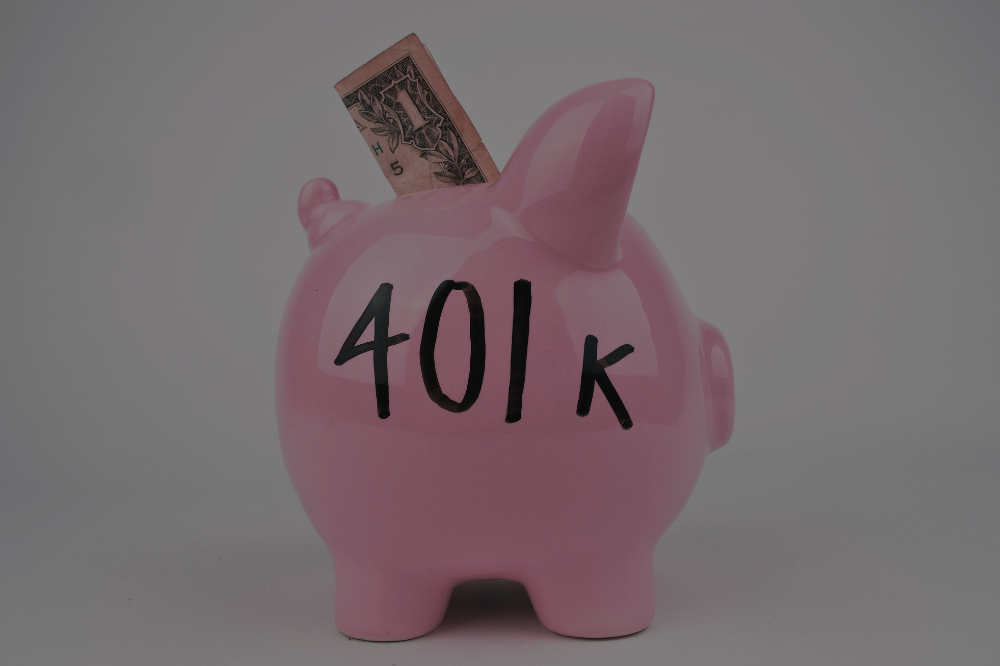Study found that the 401k auto-enrollment features are not as effective and doesn’t help as much as expected!
Employers are increasingly setting up auto-enrollment features in workers’ 401k retirement plans to simplify the saving process. However, new research reveals that the positive effects of these automated retirement savings tools may not be as significant as previously believed.
A recent study published by the National Bureau of Economic Research found that certain overlooked factors, like workers cashing out their 401(k) balances when they leave jobs, significantly diminish the long-term benefits of automatic enrollment and automatic escalation.
The research team included experts in behavioral economics, such as James Choi from Yale University, and David Laibson and John Beshears from Harvard University, who were pioneers in studying the advantages of automatic enrollment in retirement plans.
Auto-Enrollment Features Are Not As Effective As Expected
Since the Pension Protection Act of 2006, automated savings features like auto-enrollment and auto-escalation have been key components of 401(k) policies. These features automatically sign up employees for their company’s 401(k) and gradually increase their savings rate over time, without needing to take any action.
In 2022, about two-thirds of 401(k) plans used auto-enrollment, and 78% of those also used auto-escalation, according to survey data from the Plan Sponsor Council of America. While these features generally have a positive impact, new findings suggest that the results aren’t as beneficial as once thought, as Choi noted.
The earlier research didn’t account for what happens to workers who leave their jobs after being automatically enrolled. The updated study, which considered factors like job turnover, found that auto-enrollment increased average 401(k) contributions by just 0.6% of income over a workers’ career. This is a significant drop from the 2.2% previously estimated.
This decrease, though seemingly small, can have a large financial impact over a 40-year career. “You’re talking 1.6% of income less saved per year. If you were to just add that up over a 40-year career, you’re talking more than a half year of income saved”, Choi said. It can have an even bigger difference when considering the compounding interest on those savings, he added.
Why Are This Features Less Effective Than Expected?
The reduced effectiveness of these automated savings features is largely due to what’s known as a “leakage” from 401(k) plans, where workers withdraw funds from their accounts before retirement. According to the Employee Benefit Research Institute, about 40% of workers cash out their 401(k) plans when they leave a job each year.
Workers who withdraw funds early might miss out on their employer’s matching contributions, which means losing out on free money. Additionally, only 43% of employees who were enrolled in auto-escalation kept the higher rates after one year, according to the study.
Job changes also complicate the situation. When workers move to new jobs, their escalated savings rates might reset to lower levels, reducing the overall effectiveness of automatic escalation, said David Blanchett, head of retirement research at PGIM, an investment manager.
“I think auto-enrollment does a spectacular job at getting individuals in the plan. But we still have this massive leakage issue. It still exists whether you have auto-enrollment or you don’t”, Blanchett noted.
Blanchett suggests that improving automated savings could involve setting higher default savings rates, ideally around 7% or 8%, which, when combined with employer contributions, could help workers save 10% or more of their salaries.

